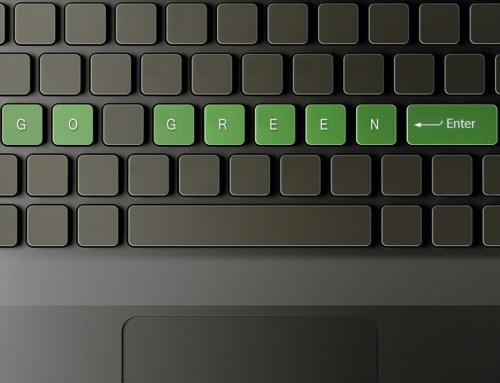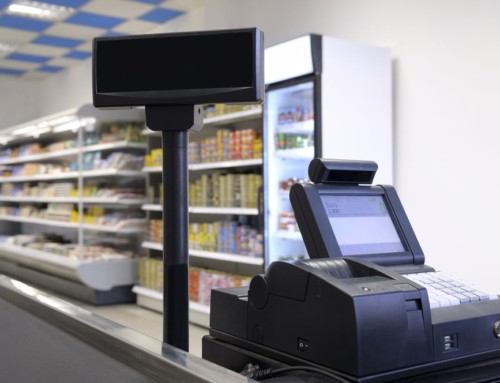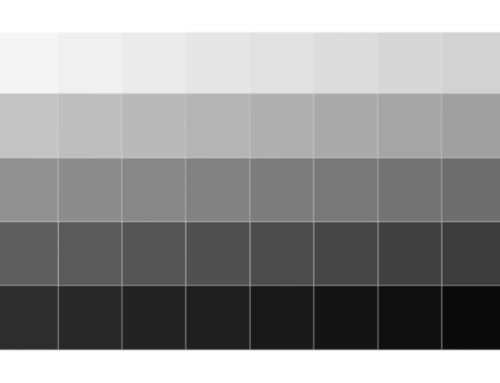Most of us are familiar with magnets. Many of us played with them long before we could ride bikes or go to school. A magnetic receptive, on the other hand, sounds strange. It’s not a term most of us use in our day-to-day lives. So what is it?
According to Discount Magnet, a magnetic receptive is a material that is able to interact strongly with magnetic fields. Magnets stick to objects that are magnetically receptive. If your classroom ever had a whiteboard then you’ve seen a common type of this material. In advertising, however, magnetic receptives are used for a variety of products. Signage, banners and retail displays can all be created using a combination of magnets and magnetic receptives.
Not only that but the combo is actually startling effective, largely for two reasons.
Customization
Magnetic graphics allow for all sorts of customization options but the main benefit is interchangeability. Magnetic graphics allow retailers to switch the graphic with ease since installation and dismantle is simple and the end result is a professional look with no wrinkles, bubbles, or headache. Refreshing graphics becomes an easy task when dealing with magnetic graphics. There are (2) options on how to work with the magnetized graphics (magnetic material and magnetic receptive material). Both options are laminated with a white material for printing, but the magnetic properties are different.
Magnetic Vinyl Material: White magnetic material is also commonly referred to magnetic vinyl and is what is common in the marketplace. Magnetic vinyl is constructed by using a magnetic base and laminating a printable white vinyl to the top to create a one sided printable magnet which is used as refrigerator and automobile magnets. Magnetic vinyl is treated like any other white printable material – printing whatever design best suits your company’s needs. This signage sticks immediately to any ferromagnetic surface (typically iron, nickel or cobalt) and can be peeled off and quickly replaced if need be. This is helpful if a POP display is built out of steel, then a magnetic graphic will adhere directly to the surface giving the retailer the ability to change out their graphics as needed.
Magnetic Receptive Material: White magnetic receptive is not common but is growing in usage as it has many advantages. Magnetic receptive is thin and light doesn’t have the magnetic properties unless it is placed on top of a magnetic base. A magnetic base has all the magnetic properties and is what is used in magnetic vinyl above but without the white vinyl laminated for printing. Magnetic receptive doesn’t have the iron, bulk, and magnetic properties of the base built into the material, and is then cheaper to purchase, cheaper ship, and easier to manufacture which makes the cost savings rather significant.
One of the best uses of magnetic receptive is in the POP display industry as a magnetic vinyl substitute. If the graphic is intended to be changed out frequently, it would be substantially less expensive to adhere a blank magnetic base to the display and simply purchase the replacement magnetic receptive graphics as needed instead of buying a series of magnetic vinyl graphics. This cost savings is even greater if the graphics are shipped because the weight alone of magnetic vinyl becomes extremely heavy as they grow in size and thickness.
Interaction
Arguably though, customization isn’t even magnetic graphics’ strongest attribute. While most well-done signage is eye-catching, there really isn’t much more to it. Potential shoppers view the graphic, hopefully decide that they want the product, and leave it at that. Magnetic graphics, however, can be interactive experiences.
Picture a toy store. On the back wall is a massive Star Wars poster printed on magnetic receptive vinyl with a magnetic base underneath. On top of this poster is a series of magnets. Young shoppers can move Rey, Kylo Ren and Finn around a backdrop of the planet Jakku. Overhead, they can adjust X-Wings and TIE Fighters to give the image a real cinematic quality.
This toy store has just successfully gamified its advertising. Gamification is the process of turning a procedure into a game. This can be very simple – say adding a high score to an exercise bike at a gym. In advertising, early studies have already shown gamification to be a success. Recent Celtra data has shown that ads with game elements have a six percent higher engagement rate than regular advertising.
Those kids are going to want to keep playing with Kylo Ren. And when the Star Wars fad passes (if ever), the shopkeeper can switch up the signage with relative ease.
Magnetic graphics are part of an engaging, cost-effective approach to signage. Magnetic receptives can be swapped easily as culture shifts and new properties become popular. Most importantly, the statement at the beginning of this article holds true: Most people play with magnets. Leveraging this positive play experience can turn into higher purchase rates and a better business model.



